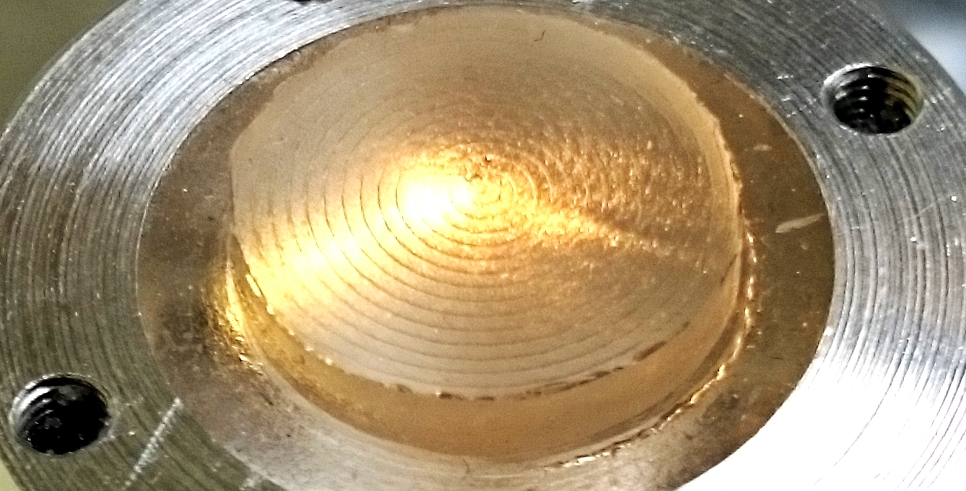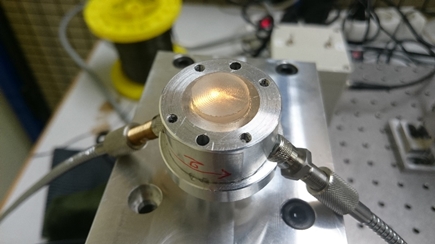Successful cooperation with the Université de Haute-Alsace
New sensor can "feel" clothes
If you want to design a fluffy sweater or a sleek shirt, you have to predict the properties of textile surfaces. Empa researchers have developed a new type of sensor to ensure that such information can be reproduced. In an international partnership with colleagues from the Université de Haute-Alsace in Mulhouse, an analytic instrument made of optical fibers has been developed that objectively evaluates the tactile properties of textiles.

A scratchy cardigan triggers different sensations on the skin than a delicate silk blouse. If these properties are to be determined objectively and reproducibly, for example in order to develop new textiles, reliable analytical methods are asked for. Empa researchers, together with the Laboratory of Textile Physics and Mechanics at the Université de Haute Alsace in Mulhouse, have developed an optical sensor that is suitable for this purpose.
To enable the sensor to detect the tactile properties of a surface, the researchers took the human fingertip as a model: Concentric grooves in the micrometer range cover the optical polymer fibers developed at Empa's Laboratory for Biomimetic Membranes and Textiles in St. Gallen. If the fibers are subjected to mechanical stress when touching a textile surface, the intensity of their light transmission changes. Once developed successfully the sensor would render surveys with test persons – which are notoriously subjective – superfluous. "Such a sensor, which works like a digital fingertip, can significantly reduce development times for new textiles," says René Rossi, head of Empa’s Laboratory for Biomimetic Membranes and Textiles.
Cooperation across borders

Rossi, who is a visiting professor at the Université de Haute Alsace, also emphasizes the excellent cross-border cooperation: "The new joint French-Swiss Textile Group, which focuses in particular on utilizing intelligent textiles for healthcare applications, is the result of many years of successful cooperation." While Rossi and his team are advancing materials research in the field of textile innovations and biological applications, the French partner is contributing its experience in textile technology and mechanics. With their complementary competencies, both partners not only benefit from each other when it comes to fabrics for intelligent clothing. The cooperation will also pay off in the medical field, for instance when it comes to developing smart textiles that can be used as vascular replacements or heart valves.
Conception d'un doigt artificiel à fibre optique polymérique pour application du toucher de surfaces textiles; K Peyre, MA Bueno, M Tourlonias, R Rossi, F Spano; 23ème Congrès Français de Mécanique (CFM2017), 28 Aug – 1 Sept 2017, Lille/France
-
Share
